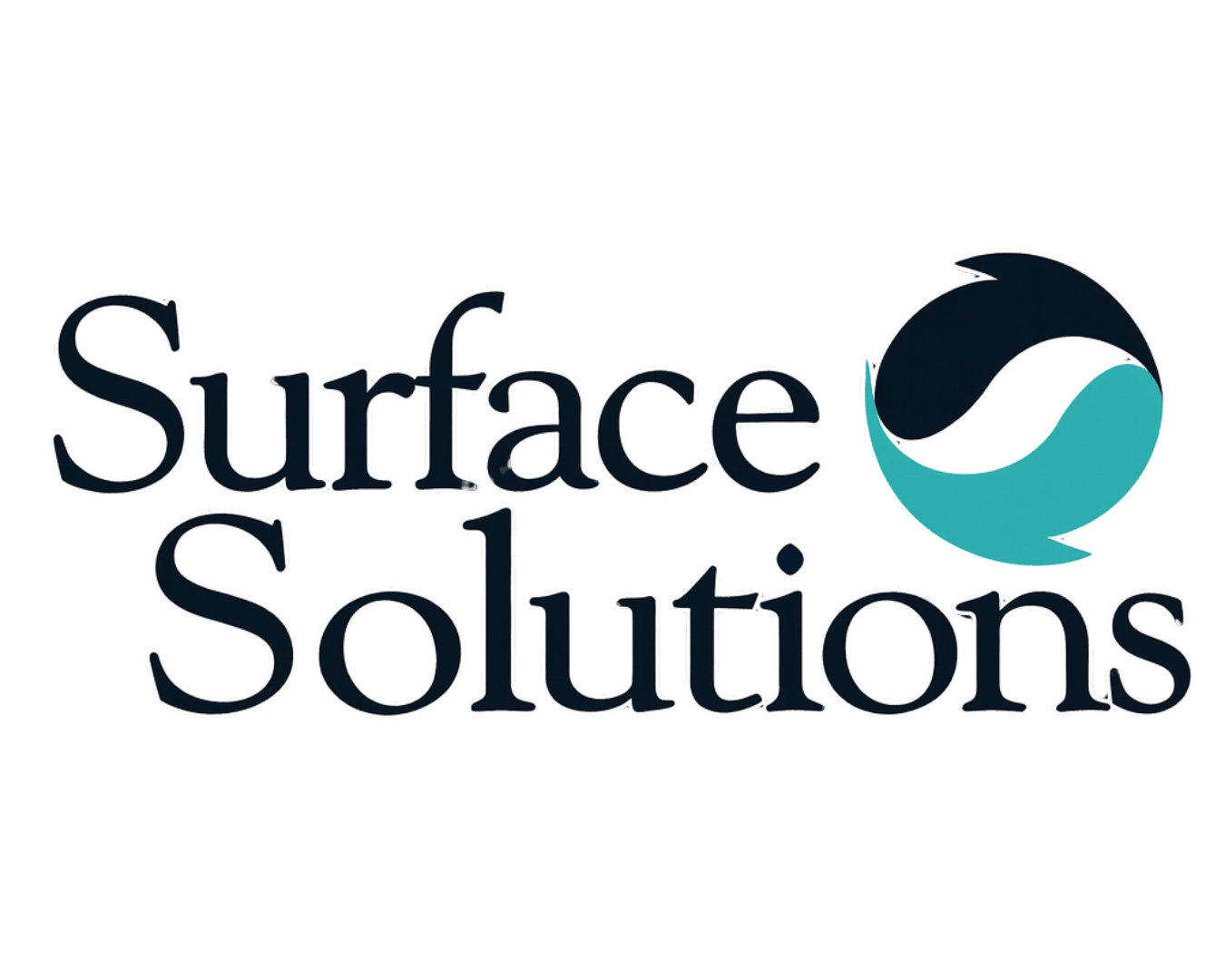Why Concrete Joints Exist
Concrete expands and contracts with temperature and moisture changes. Without joints, slabs would crack uncontrollably. The three main types of joints are:
- Construction joints – Placed where separate pours meet
- Contraction (control) joints – Cut to control where cracks form
- Expansion joints – Allow room for slab movement
These joints work beautifully — until they’re neglected.
The Problem with Unmaintained Joints
Over time, joints are exposed to:
- Forklift and pallet jack traffic
- Water, chemicals, and debris infiltration
- Freeze-thaw cycles in unconditioned spaces
This leads to:
- Spalled edges and chipped concrete
- Uneven transitions (trip hazards)
- Joint filler popping out or wearing down
- Premature coating failure near joints
Risks of Ignoring Joint Maintenance
- Safety Hazards
Uneven joints cause trip incidents, liability exposure, and OSHA violations. - Equipment Damage
Forklifts hitting broken joints at speed cause tire and suspension damage — plus product loss from tipped pallets. - Increased Cleaning Costs
Cracks and gaps trap debris and moisture, making cleaning harder and less effective. - Shorter Floor Lifespan
When edges break down, damage spreads into the slab, leading to costly full-depth repairs later.
Best Practices for Joint Protection
1. Use the Right Joint Filler
A semi-rigid epoxy or polyurea filler keeps joints protected but flexible. At Surface Solutions, we select fillers based on:
- Traffic load
- Chemical exposure
- Cure time needs
- Temperature range
2. Repair Damaged Joints Promptly
The longer a joint spalls or chips, the bigger the repair required. Early intervention means lower costs.
3. Consider Joint Armoring
For heavy-duty facilities, metal or polymer joint armoring can protect edges from forklift impact for years.
4. Integrate Joint Work Into Coating Projects
If installing epoxy or polishing concrete, we ensure joints are cleaned, filled, and protected before final finish — so the entire floor performs as one system.
Surface Solutions’ Joint Repair Process
- Assessment: Identify damaged or loose filler, spalling edges, and drainage issues
- Preparation: Clean out joints, sawcut to proper profile, prep edges
- Filling: Install semi-rigid epoxy or polyurea filler
- Edge Repair: Patch spalls with epoxy mortar or urethane grout
- Finishing: Grind flush and seal for a smooth, traffic-ready transition
Industries That Benefit Most
- Distribution Centers & Warehouses: Reduce forklift wear and pallet damage
- Breweries & Food Plants: Maintain sanitation and meet USDA standards
- Healthcare Facilities: Keep hallways safe and ADA compliant
- Big-Box Retail: Prevent trip claims and improve shopper experience
ROI of Joint Maintenance
Proactive joint repair:
- Reduces forklift maintenance costs
- Cuts cleaning time by eliminating debris traps
- Extends coating or polish life by preventing edge failure
- Improves overall safety scores during audits
Protect Your Floor from the Weakest Link
Call 877-CSTM-FLR
Email carolina@cstmflr.comVisit www.cstmflr.com
Don’t wait until joints fail — schedule an assessment and keep your facility operating safely and efficiently.


.png)
